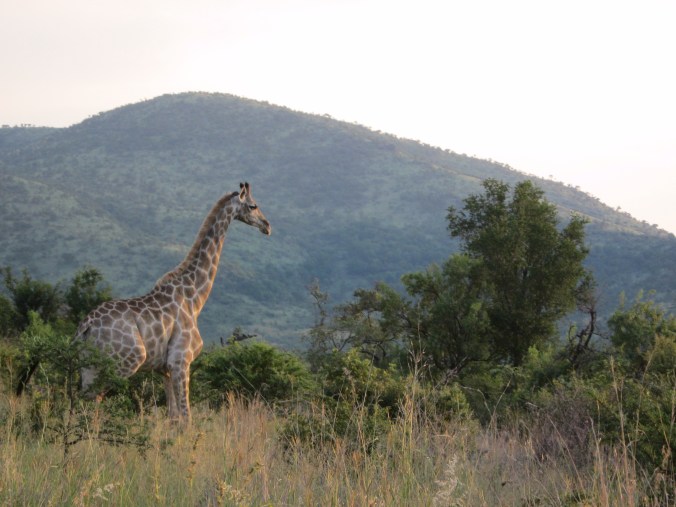What comes to mind when you hear the words “African safari”? Do they conjure up images of private open vehicles, luxurious permanent tented camps, sumptuous feasts, and a price tag to match? If you’re a budget conscious traveler like me, you may find yourself wondering how to have a quality safari experience without breaking the bank.
As a veteran of quite a few budget safari efforts, I’ve concluded that going the backpacker route carries a high chance of disappointment. So much of the potential value added by signing up for an organized safari is dependent on the safari guide. I must admit that one of the best safari guides I ever had was working for a budget tour company in Kenya that catered to backpackers. But the odds are that the most experienced and knowledgeable guides will be hired by the companies with a higher-paying clientele.
I faced this dilemma when organizing a trip to South Africa’s Kruger National Park with a friend who was a first-time visitor. I wanted it all- the best features of organized and self-drive safaris rolled into one package. I wanted it all, but I wanted it cheap. So here’s what I did:
- Rented a small economy car. South African parks in general have excellent roads, many of which are paved. You certainly don’t need a big, rugged 4WD vehicle to get yourself into Kruger and do some basic game viewing. Rental cars can be had for as little as 8 USD/day, making this a great option for the budget traveler. If you don’t feel like driving all the way from your point of arrival, you can always take a bus to one of Kruger’s several neighboring towns and rent a car there.

Zebras on the run
- Booked our own accommodation directly with the park. This is easily done with the South African National Parks website. We stayed in a cozy thatched rondavel with two twin beds and a wash basin. The shared bathroom facilities were a short walk away, and a very nice shared open-air kitchen was also nearby. The available choices range from tent camping to furnished self-catering cottages. Helpful hint: remember to check if your trip will coincide with South African school holidays, as vacationing families will have the accommodation booked up well in advance.

Giraffe facing the sunset
- Booked activities with the park staff. This can also be done on the SANParks website. If you spend two nights in the park, you will have time for two sunset game drives, a sunrise game drive and a morning game walk (highly recommended). This way you can benefit from the knowledge and game-spotting skills of various park rangers while still having the freedom to do some exploring in your own vehicle between activities.

Bull elephant making his presence known
- Bought all our own food at a supermarket in a nearby town before entering the park. There are restaurants available in the larger rest camps inside Kruger, but these are not particularly good value. Take advantage of the well-stocked supermarkets you find in even the smallest South African towns and build your own safari feast. Be aware that you’ll need to bring your own cooking supplies, utensils, etc. if you intend to make use of the communal kitchen facilities at your rest camp.
If you do it right, the hybrid self-drive safari can be as cheap or cheaper than a budget backpacker’s safari. It also gives you a fun and varied wildlife experience with freedom and flexibility built into your itinerary. In a sense, you get a great deal more than what you pay for.
Have you been on safari? How did it work out for you? Share your experience!
Great post
LikeLiked by 1 person
great post
LikeLiked by 1 person
Great advice! That’s how we do our safaris on a budget too 🙂
LikeLiked by 1 person
Come to think of it, I should have added one more point: “Observe real South Africans on holiday and follow their lead.” 🙂
LikeLiked by 1 person
Ha ha! And more generally: follow the locals’ lead in every country you visit. On my travels, I always find they know the best places to eat, sleep and explore 🙂
LikeLiked by 1 person
You are so right. When I find my self amongst “local tourists”, then I know I’m on the right track.
LikeLiked by 1 person